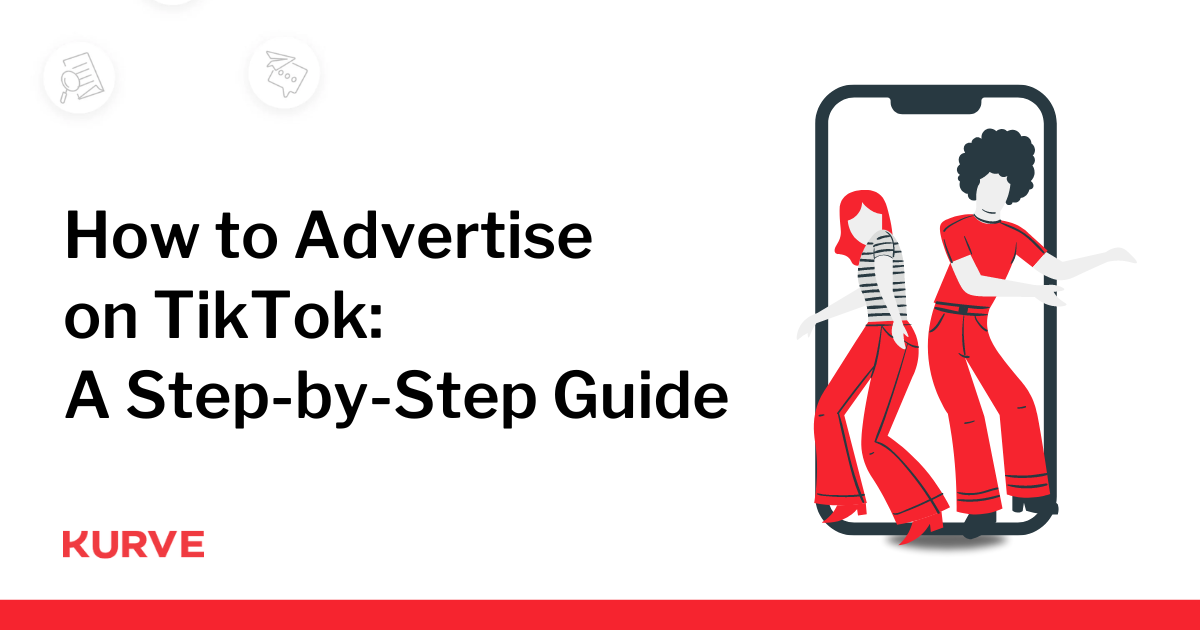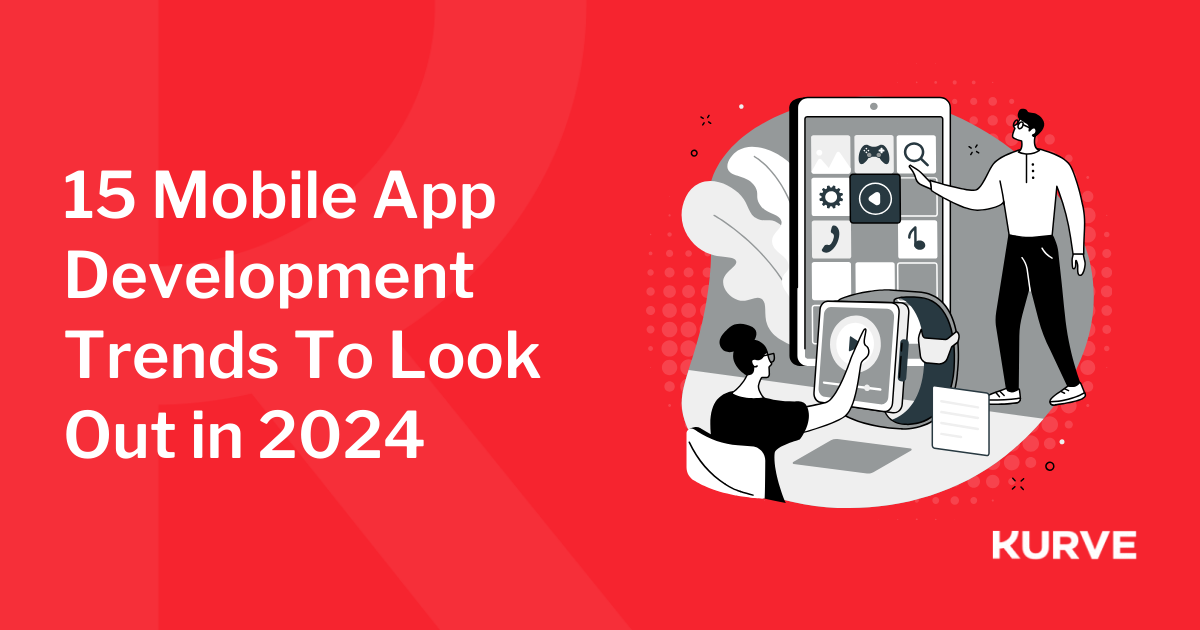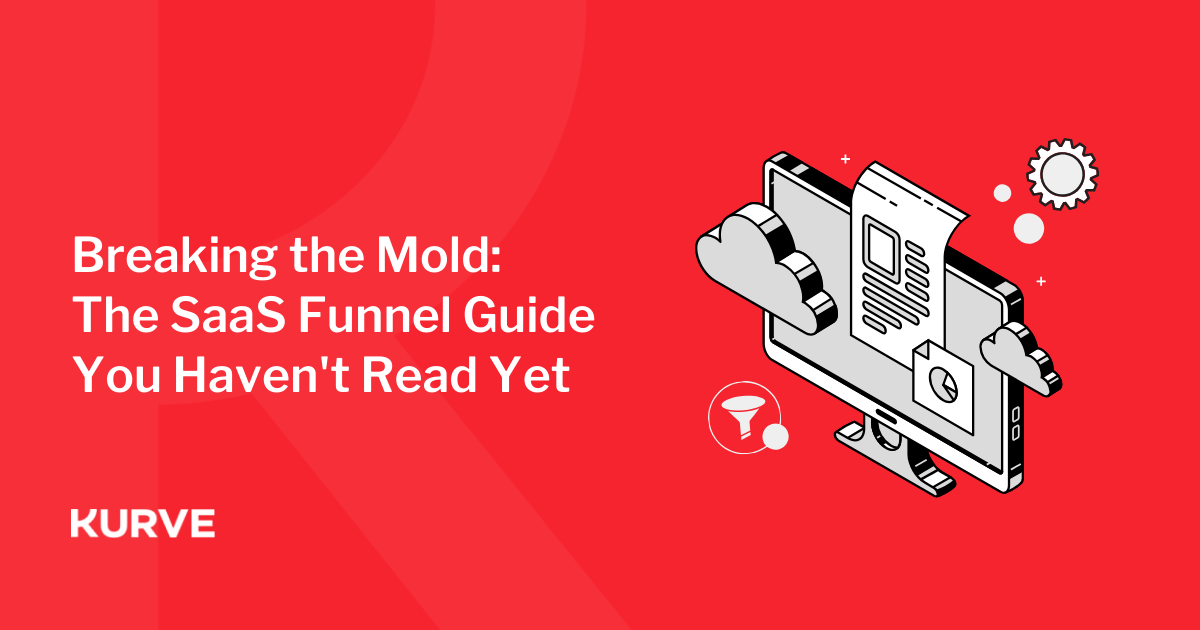3 Benefits of Personalisation
The Benefits of Personalising Marketing Communications
There is no doubt that personalisation is become crucial to the success of any digital marketing campaign. We have long seen the use of personalised emails, however companies are becoming more and more creative in the way they are using personalisation to improve engagement and ultimately increase revenue. Deep down, we all have that same desire; to feel special and treated as an individual. Who doesn’t enjoy going to their favourite pub and before you have made it to the bar, your pint is already been poured for you or going to your local coffee shop and them knowing exactly how you take your coffee? For anyone who has seen the movie ‘Up in the Air’ with George Clooney, you will recall how every time George goes anywhere, he swipes his loyalty card and is greeted with personalised messages tailored just for him. He even gets his own dedicated phone line with American Airlines when he hits 10,000,000 miles flown. Personalisation breeds loyalty and loyalty is the golden ticket for companies. So, what are the benefits of personalisation and why is it so important?
Personalisation increases conversions
By personalising your content, you have a much better chance of increasing your conversion rate. After its joint venture switchover in 2011, Cooperative Travel saw an increase of 95% in visitors and 217% in revenue once it started using personalisation on their website. Similarly, BMW netted $500,000 in revenue by personalising MMS messages to 1,200 customers in the US, improving conversions by 30%. When you tailor a message specifically for your target audience, or better still, if you are using user personas, targeting very specific user groups, you have a far greater chance of converting that user into a paying customer. Those companies willing to go the extra mile and invest in personalised content will reap the benefits down the line. We see so many of the leading online brands using personalisation from Facebook to Spotify to Amazon. When you log on to Amazon, you are presented with a landing page full of offers based on your previous purchase history, tailored to you. Do you think this helps them to convert? Absolutely it does because it puts a product in front of you that you may not have previously thought about but because Amazon have tailored that content to you, you are now much more likely to go ahead and do something with that suggested product. According to a study by Bloomreach, consumers still rate Amazon’s personalised service as superior to that of any other ecommerce provider. The research reported that 82% of 1,000 consumers surveyed say no other ecommerce platform comes close to offering the same experience as Amazon.
Personalisation improves customer retention
We have already talked about loyalty and customer retention is just another word for loyalty. Personalising your content, whether it’s an email, website content, someone on the end of a phone or face to face, can make the difference between keeping or losing a customer. In research carried out by eConsultancy, they found that post-purchase loyalty programmes which contained personalised offers were one of the most important factors in encouraging repeat purchases. The two cornerstones of customer retention are relationship and familiarity. Personalisation facilitates both of these things helping to build strong relationships with your existing customers whilst breeding familiarity. Thomas Cook have also recognised the importance of personalisation and how it can help with both customer retention as well as attracting new customers. Their recent campaign was fully integrated across on and offline mediums using common themes across email and direct mail with links to their new TV campaign. The campaign included personalised emails, segmented by audience type which enabled them to target family and non-family bookers. By using personalisation, they are able to build better relationships with existing customers whilst also targeting new customers with tailored offers and content.
Personalisation makes your marketing useful
We live in a world today where consumers are bombarded each and every day by new content, new products and new services. We spend so much of our time online now that each and every day, we are subjected to a vast amount of content and achieving stand out in such a crowded market place can be difficult. Personalising your content can help you to achieve this. A consumer who receives a piece of content that is created just for them essentially is much more likely to do something with it than a generic piece of content sent out to thousands of people. A great example from a university in the UK is the University of Huddersfield. Caught between the golden triangle of universities in the North, Huddersfield sits between the much more fashionable cities of Leeds, Manchester and Sheffield. The town is unfashionable at best but the University is making big strides and in 2014 was named Times Higher Education University of the Year. Recognising the issue was not about the quality of education but about the town itself, the University created a clever online app called ExploreHud, which allowed users to create their ‘Perfect day in Huddersfield’. A user can select up to 5 different activities based on the things that they like to do and the app then seamlessly stitches these together to create a personalised 1 minute film to show them what their day would look like but it doesn’t end there. Using a Facebook API, the video also pulls in key information from their Facebook profile like name and image and cleverly weaves these into the user’s video creating something that is truly personal and helping to boost the image of the town. Although it may seem gimmicky at times, personalising your content can make your marketing activity extremely useful, improving the customer experience and helping to increase conversions and build brand loyalty.
The future of personalisation
Although we have identified three key benefits of personalising your content, they come with a warning. Whilst there are undoubtedly some huge benefits to companies when they get personalisation right, poor execution of a personalised campaign can have the opposite effect. A recent blog in the Guardian raised these key flaws when you don’t quite hit the mark with personalisation:
-
An email service that displays ads based on the content of your emails could not only surface completely off-topic subjects but also raise privacy concerns
-
A fitness wristband that reminds you to take more exercise in the middle of an important business meeting defeats the object of wearing a portable companion
-
A mobile app that can’t change culture and geographical settings when you travel might become useless
For every example of a poorly executed attempt at personalisation there is a great example to sit alongside it and companies are clearly making huge strides. If you are thinking about or you are currently carrying out personalised campaigns, make sure that whatever it is you are personalising for your audience is what they want and not what you think they want or need. Going back to the Amazon example, BloomReach’s data showed that just 2% retailers thought that personalised shopping experiences were the most important factor in consumers choosing retailers compared to 31% of consumers. That represents a huge gap between what a company thinks is important to customers and what is actually important so carry out your research first and make sure you hit the mark with any personalisation efforts.
Conclusion
It is clear that there are some huge benefits to personalisation and we would put loyalty right at the top of this list. Building your customer retention through personalisation is a great way to increase conversions and build a customer base that keeps on coming back for more. It is however crucial that your personalisation adds value to your marketing. It can be expensive and time consuming and if your efforts miss the mark or don’t add value then it is just personalisation for personalisation’s sake. If you think about all the best experiences you have online, either on a company’s website or through an email or an app, how many of those are tailored for you? The reason personalised content works for so many companies, the ones who are doing it well is because it speeds up our online experience. Presenting us with information that is specifically for us saves us the time of having to go and search for the same thing ourselves. Sometimes we know what we want and personalised content delivers it for us which is great and other times we had no idea we were looking for something, yet because a company has taken the time to get to know us and our behaviour, it delivers something great to us that we were previously unaware. This is what you should be seeking with personalisation and that is when you know that the personalised content you are delivering is both useful and profitable – a winning combination.


